Highlights
A condensate of polaritons propagating near the speed of light (11/2018)
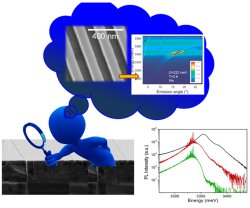 Physicists from CRHEA, in collaboration with the Pascal Institute
and the Nanosciences and Nanotechnologies Center, succeeded in condensing
polaritons (half-light/ half-matter particles) in the same quantum
state characterized by a very high propagation speed, close to that
of the light in the crystal which forms the active zone of the device.
Physicists from CRHEA, in collaboration with the Pascal Institute
and the Nanosciences and Nanotechnologies Center, succeeded in condensing
polaritons (half-light/ half-matter particles) in the same quantum
state characterized by a very high propagation speed, close to that
of the light in the crystal which forms the active zone of the device.Read more...
A student funded by labex Ganex is awarded a L'Oréal-Unesco scholarship (10/2018)
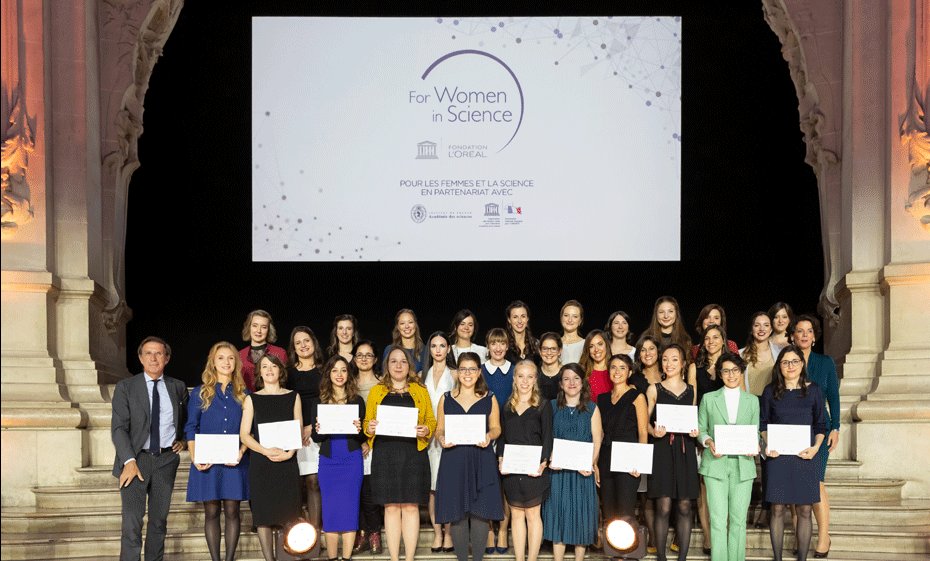 Farsane Tabataba-Vakili is among the 30 young female researchers in
2018 of the L'Oréal UNESCO program for Women and Science. She was
selected from nearly 900 other candidates. She will receive a fellowship
from Fondation
L’Oréal to accompany her in her doctorate. These scholarships
reward the research work of young scientists particularly talented.
By supporting women's place in research, and highlighting the portraits
of these researchers, the program L'Oréal UNESCO for Women and Science
aims to encourage more girls to turn to science. By supporting them
in their scientific career, these scholarships seek to give them the
means to break the glass ceiling.
Farsane Tabataba-Vakili is among the 30 young female researchers in
2018 of the L'Oréal UNESCO program for Women and Science. She was
selected from nearly 900 other candidates. She will receive a fellowship
from Fondation
L’Oréal to accompany her in her doctorate. These scholarships
reward the research work of young scientists particularly talented.
By supporting women's place in research, and highlighting the portraits
of these researchers, the program L'Oréal UNESCO for Women and Science
aims to encourage more girls to turn to science. By supporting them
in their scientific career, these scholarships seek to give them the
means to break the glass ceiling.Farsane Tabataba-Vakili is a student at the Center for Nanosciences and Nanotechnology at Palaiseau (CNRS / Paris Sud University). She obtained funding from labex Ganex in October 2016 in collaboration with the CRHEA. His doctoral work is about development a new approach to optimize lighting of type LEDs using microlasers.
Farsane Tabataba-Vakili is supervied by Philippe Boucaud (CRHEA, CNRS, Université Côte d’Azur) and Buno Gayral (CEA-INAC). Read more about the Ganex labex...
Designing metalenses and metasurfaces of unusual shapes (08/2018)
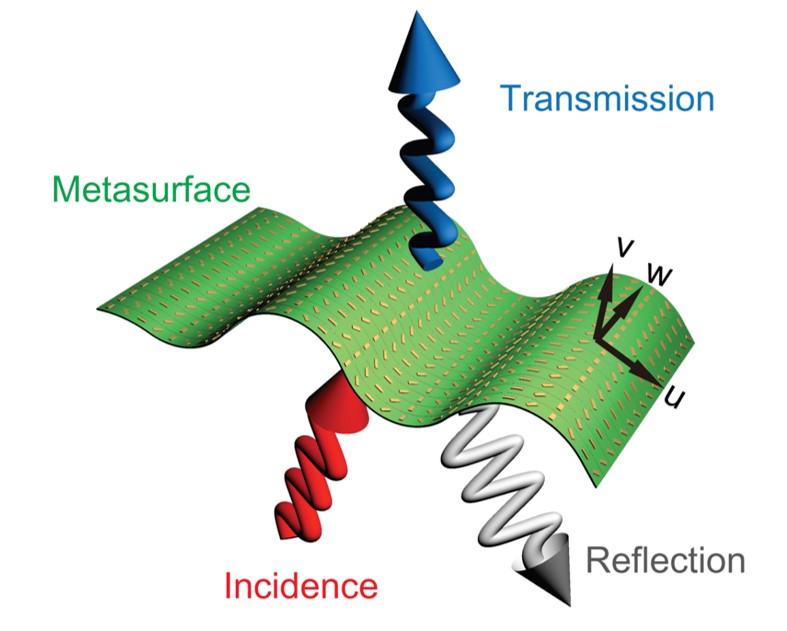 CRHEA, in collaboration with the center of the CNRS International
NTU THALES Research Alliance in Singapore, presents a method for designing
ultrathin optical components - commonly called metasurfaces - of arbitrary
shapes. The method relies on an optical transformation technique used
in the field of metamaterials. With this results, it is now possible
of predicting and designing the optical response of metasurfaces conformal
to non-planar objects. This method would enable new design opportunities
for free-form optics, illusion optics, radar and military camouflage.
See
the article...
CRHEA, in collaboration with the center of the CNRS International
NTU THALES Research Alliance in Singapore, presents a method for designing
ultrathin optical components - commonly called metasurfaces - of arbitrary
shapes. The method relies on an optical transformation technique used
in the field of metamaterials. With this results, it is now possible
of predicting and designing the optical response of metasurfaces conformal
to non-planar objects. This method would enable new design opportunities
for free-form optics, illusion optics, radar and military camouflage.
See
the article... Days of Condensed Matter in Grenoble (08/2018)
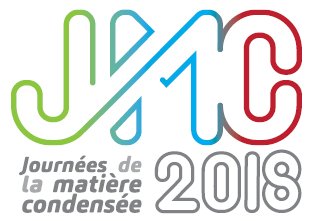 As part of the Days of Condensed Matter to be held in Grenoble at
the University Campus (Saint Martin d'Hères) from 27th to August 31,
2018, researchers involved in semiconductor nanostructures (especially
doctoral and post-doctoral students) are cordially invited to submit
a summary for an oral presentation or poster. The submission is open
until April 15th. See
the presentation of the mini-symposium...
As part of the Days of Condensed Matter to be held in Grenoble at
the University Campus (Saint Martin d'Hères) from 27th to August 31,
2018, researchers involved in semiconductor nanostructures (especially
doctoral and post-doctoral students) are cordially invited to submit
a summary for an oral presentation or poster. The submission is open
until April 15th. See
the presentation of the mini-symposium... See the congress website...
Cathodoluminescence: a new look at primitive objects of the solar system (07/2018)
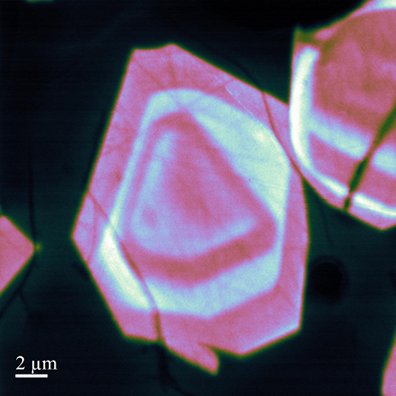 Understanding the early stages of solar system formation has always
animated the community of physicists, astrophysicists and cosmochemists.
In this research, the analysis of the constituents main meteorites
called primitive represents a major challenge in view of their potential
role as witnesses to the mechanisms that have occurred in the first
5 million years of the life of our solar system. Therefore, the pooling
of multidisciplinary knowledge and know-how becomes a decisive asset.
This is the case of a study conducted by a researcher and an engineer
from Lagrange Laboratory (CNRS-Nice Sophia University Antipolis UMR
7293 / Observatory of the Côte d'Azur, Nice), specialized in cosmochemistry,
and the Center for Research on Hetero-Epitaxy and its Applications
(CNRS - UPR10 / University of the Côte d'Azur, Valbonne), specialized
in the development of semiconductor materials. grace the use of high
sensitivity cathodoluminescence (CL), coupled to a field-effect scanning
electron microscope, new internal structures have been observed in
olivines (Mg2SiO4), one of the constituents of meteorites. This study
allows to highlight an epitaxial growth mechanism of these objects
at high temperature. The very high sensitivity acquired on the images
of CL allowed this interpretation that opposes that commonly accepted
in the community of cosmochemists. The study brings a new light on
the formation of olivines than larger structures (the chondres) in
which they are included, and allows to consider them as local probes
of the gaseous environment of the primordial protoplanetary disk.
See
the article...
Understanding the early stages of solar system formation has always
animated the community of physicists, astrophysicists and cosmochemists.
In this research, the analysis of the constituents main meteorites
called primitive represents a major challenge in view of their potential
role as witnesses to the mechanisms that have occurred in the first
5 million years of the life of our solar system. Therefore, the pooling
of multidisciplinary knowledge and know-how becomes a decisive asset.
This is the case of a study conducted by a researcher and an engineer
from Lagrange Laboratory (CNRS-Nice Sophia University Antipolis UMR
7293 / Observatory of the Côte d'Azur, Nice), specialized in cosmochemistry,
and the Center for Research on Hetero-Epitaxy and its Applications
(CNRS - UPR10 / University of the Côte d'Azur, Valbonne), specialized
in the development of semiconductor materials. grace the use of high
sensitivity cathodoluminescence (CL), coupled to a field-effect scanning
electron microscope, new internal structures have been observed in
olivines (Mg2SiO4), one of the constituents of meteorites. This study
allows to highlight an epitaxial growth mechanism of these objects
at high temperature. The very high sensitivity acquired on the images
of CL allowed this interpretation that opposes that commonly accepted
in the community of cosmochemists. The study brings a new light on
the formation of olivines than larger structures (the chondres) in
which they are included, and allows to consider them as local probes
of the gaseous environment of the primordial protoplanetary disk.
See
the article... Congress: JNMO 2018 in Agay (06/2018)
 Crhea organized the 16th Nano, Micro and Optoelectronics Days (JNMO
2018) from 13 to 15 June 2018 in Agay (Var, France).
See the website of the congress...
Crhea organized the 16th Nano, Micro and Optoelectronics Days (JNMO
2018) from 13 to 15 June 2018 in Agay (Var, France).
See the website of the congress... Arrival of Klearia in CRHEA (03/2018)
 CRHEA and CNRS have signed a hosting and collaboration agreement with
the company Klearia who settled in the premises of CRHEA since March
2018. Klearia
is a start-up from the CNRS which develops microfluidic devices high-value
glass products also known as "chip labs" And dedicated to users of
flow chemistry and analytical chemistry. This start-up was previously
housed in the premises of the Center Nanosciences and Nanotechnologies
in Marcoussis near Paris. Klearia chose CRHEA for its environment
and its platform technological micro and nano-manufacturing CRHEATEC.
CRHEA and CNRS have signed a hosting and collaboration agreement with
the company Klearia who settled in the premises of CRHEA since March
2018. Klearia
is a start-up from the CNRS which develops microfluidic devices high-value
glass products also known as "chip labs" And dedicated to users of
flow chemistry and analytical chemistry. This start-up was previously
housed in the premises of the Center Nanosciences and Nanotechnologies
in Marcoussis near Paris. Klearia chose CRHEA for its environment
and its platform technological micro and nano-manufacturing CRHEATEC.Contacts : Philippe Boucaud - Clément Nanteuil(CEO Klearia)
Change of direction at CRHEA (01/2018)
 Philippe Boucaud, searcher
from the "Center for Nanosciences and Nanotechologies" (C2N), takes
over the management of CRHEA as of January 1, 2018.
Philippe Boucaud, searcher
from the "Center for Nanosciences and Nanotechologies" (C2N), takes
over the management of CRHEA as of January 1, 2018.He replaces to this function Jean-Yves Duboz.

 The 2017 CRHEA highlights brochure is available.
The 2017 CRHEA highlights brochure is available. 
